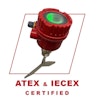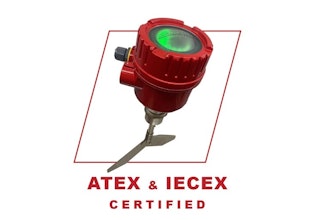The energy usage curves of most industrial countries — or load curves — have long resembled a crumpled fedora hat. They rise sharply at daybreak as people start brewing coffee and companies switch on machines, then peak twice — in the morning and the late afternoon, before dropping off after dinner. Utilities usually crank up their turbines and bring extra power plants online to cover the “peak” demand.
But on a sunny May 8, 2011, something unusual happened in Germany: this midday call for extra output didn’t materialize. For the first time, the country had so many solar panels in use that utilities were able to supply all the energy needed to cover the bulge. Although May 8 was a Sunday, a similar thing also happened the next day on Monday. “This is the first time solar power plants were able to deliver peak load,” says Robert Roesner, high power electronics engineer at GE Global Research in Munich, Germany.
Solar panels are becoming so widespread that a new forecast from Bloomberg New Energy Finance estimates that by 2040, rooftop solar power will be cheaper than electricity in the grid in every major economy and will account for more than a third of new power capacity worldwide.
Roesner and his team in GE labs are now hoping to give this solar revolution a boost. They are using chips made from a material called silicon carbide (SiC) to build superefficient “inverters” that switch direct current (DC) generated by solar panels into alternating current (AC) that flows from the wall outlet. “This material stands to revolutionize power electronics,” says Danielle Merfeld, global technology director for electrical technologies and systems at GE Global Research.
SiC takes the best features from diamond, one of the toughest materials in the world, and combines them with the properties of silicon, which is inside every computer and every smart phone.
The results can be quite powerful. For example, SiC can shrink the size of a one megawatt inverter, which can supply 500 homes, by 35 percent. The material also allows engineers to switch DC to AC in tiny incremental steps, rather than big jumps, and increase power conversion efficiency by about 1 percent, compared to today’s standards. “Right now inverters are about 98 percent efficient so a one percent gain may not seem like much,” Roesner says. “But with the huge installed base, the gains will quickly add up.”
So few losses also means that the converter doesn’t generate as much heat and doesn’t require a complex water-cooling system. “We switched from water cooling to air,” says Tobias Schuetz, lead engineer for high power electronics at the Munich lab. “The design is cheaper and also more reliable.”
The first prototype of the SiC inverter is already switching solar electricity from DC to AC in Berlin, Germany, where GE recently opened an innovative hybrid power plant suppling with electricity its local factory. Depending on price and availability, special software allows the manager to select the cheapest energy source between solar power, a gas engine, the grid, heat storage and even batteries.
Schuetz says solar power inverters are just the beginning. SiC chips can be applied inside any device that needs to switch power between AC and DC. They could make trains, planes and wind turbines much more efficient. “We call this idea where one technology serves multiple industries the GE store,” Merfeld says.
These applications hadn’t existed previously because the process to make SiC chips is quite onerous. For starters, SiC is extremely hard and the material’s early applications included sandpaper and abrasives. It doesn’t help that making a SiC chip involves up to 300 discrete steps in a clean room.
But GE scientists have been studying the material for 50 years, starting with Robert Hall, the inventor of the first semiconductor laser. They came up with several breakthroughs, including the first practical and reliable power switch.
Building on these foundations, the company transfered technology and intellectual property valued at more than $100 million to a power electronics manufacturing consortium created in Albany, NY, in 2014. The consortium, which includes GE, New York State, the SUNY Polytechnic Institute’s Colleges of Nanoscale Science and Engineering, and other industry partners, is building a shared fabrication plant that will develop and produce silicon carbide power devices on six-inch wafers – a big deal when it comes to production efficiency. “This will dramatically open up silicon carbide applications,” Merfeld says. “We want people to come to New York and take advantage of the technology.”






















